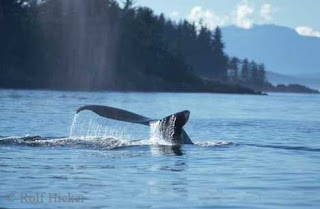-GLOBAL WARMING CONTINUED-
What can we do to help Earth?
The evidence that humans are causing global warming is strong, but the question of what to do about it remains controversial.
Even if we stopped emitting greenhouse gases today, the Earth would still warm by another degree Fahrenheit or so. But what we do from today forward makes a big difference. Depending on our choices, scientists predict that the Earth could eventually warm by as little as 2.5 degrees or as much as 10 degrees Fahrenheit.
Is this possible?
Many people and governments are already working hard to cut greenhouse gases, and everyone can help!
Researchers at Princeton University have suggested one approach that they call "stabilization wedges." This means reducing Green House Gases emissions from a variety of sources with technologies available in the next few decades, rather than relying on an enormous change in a single area. They suggest 7 wedges that could each reduce emissions, and all of them together could hold emissions at approximately current levels for the next 50 years, putting us on a potential path to stabilize around 500 ppm.
There are many possible wedges, including improvements to energy efficiency and vehicle fuel economy, and increases in wind and solar power, hydrogen produced from renewable sources, bio fuels (produced from crops), natural gas, and nuclear power. There is also the potential to capture the carbon dioxide emitted from fossil fuels and store it underground—a process called "carbon sequestration."
In addition to reducing the gases we emit to the atmosphere, we can also increase the amount of gases we take out of the atmosphere. Plants and trees absorb CO2 as they grow, "sequestering" carbon naturally. Increasing forest lands and making changes to the way we farm could increase the amount of carbon we're storing.
Some of these technologies have drawbacks, and different communities will make different decisions about how to power their lives, but the good news is that there are a variety of options to put us on a path toward a stable climate!
www.environmentnationalgeographic.com











